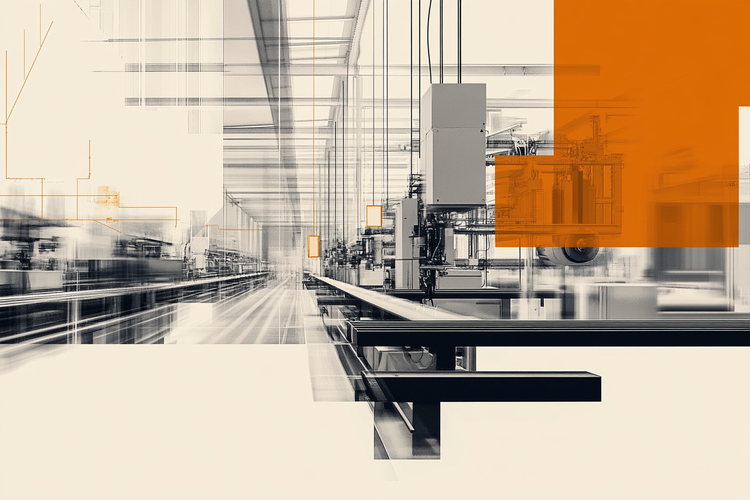A pilot project in Peru is using a robot that plants seeds to help reforest the Amazon, where pristine rainforest and biodiversity are being ruined by mining and logging, much of it illegal.
Ahead of World Rainforest Day on June 22, nonprofit organization Junglekeepers says bringing robots on board to join the fight against rainforest destruction could be a game-changer.
“Miners, loggers… they have advanced technology. They can destroy a lot,” said Junglekeepers vice president Juan Julio Duran Torres, a former illegal miner and logger turned conservationist.
“If we have a robot here to help plant trees and local people can get involved and learn technology, it will be like fighting together,” added Torres.
Zurich-based ABB Robotics provided a version of its popular YuMi robot to collaborate with conservationists. First released in 2015, the YuMi dual-arm robot was designed to bring automation to industry.
The company claims this is the most remote use of the robot, which is powered by solar panels and connected by Wi-Fi via a solar satellite for remote updates from an ABB base in Sweden 12,000 km away.
It took the guardians of the jungle three days to transport the robot from the Las Piedras River to its base, deep in the jungle of southeastern Peru, known as “Madre de Dios”, or “Mother of God” in Portuguese.
Once installed, the robot can work all day; carefully picking up the seeds and using a small trowel to move the soil around in a planter before depositing the seed and covering it.
“This robot is incredibly agile and is capable of planting all of our seeds for our nursery, freeing up our rangers to do other tasks that involve the reforestation project itself,” explained Junglekeepers International CEO Mohsin Kazmi.
“The robot is capable of removing soil and planting seeds in a box, 16 at a time. And then we take that box and we put it in our nursery to germinate.”
Kazmi added that the robot can plant about 600 plants in a morning, the equivalent of two areas the size of a football field if planted to combat deforestation.

Junglejkeepers uses indigenous Peruvian rangers to patrol, protect and now replant the Amazon, with tree seedlings transported by river and overland for the team to plant.
Conservationists are now investigating the feasibility of establishing large-scale robot planting facilities in Amazonian communities. This would potentially allow thousands of seeds to be planted daily.
Deforestation in the Peruvian Amazon rainforest is largely fueled by illegal gold mining and logging, as well as deforestation to grow coca – the raw material for cocaine.
“The Amazon is in danger, it is not safe. This is what justifies technology, science and local knowledge; we have to work together to save the Amazon,” said Peru’s leading Amazon expert, Dennis del Castillo Torres, Director of Programs, Instituto de Pesquisas da Amazônia Peruana (IIAP).
“I am convinced that the Amazon can be saved. Absolutely.”
Protecting the Amazon rainforest, where millions of indigenous people live, is considered fundamental to the fight against climate change because of the large amount of absorbed carbon dioxide that warms the planet.
The Amazon is the largest rainforest in the world and Peru has the second largest slice of the Amazon after Brazil. Brazilian government data shows that around three virgin forest soccer fields were deforested every minute in 2022.
(Produced by Matt Stock)
Source: CNN Brasil
Charles Grill is a tech-savvy writer with over 3 years of experience in the field. He writes on a variety of technology-related topics and has a strong focus on the latest advancements in the industry. He is connected with several online news websites and is currently contributing to a technology-focused platform.





